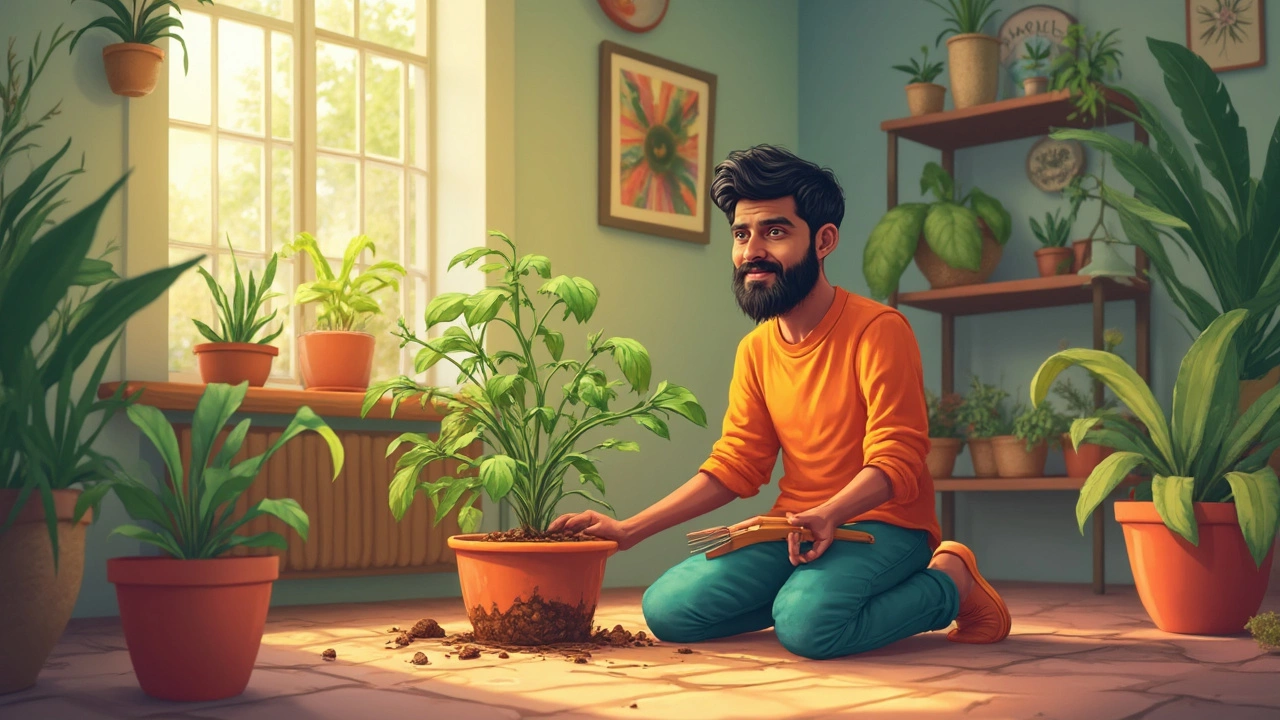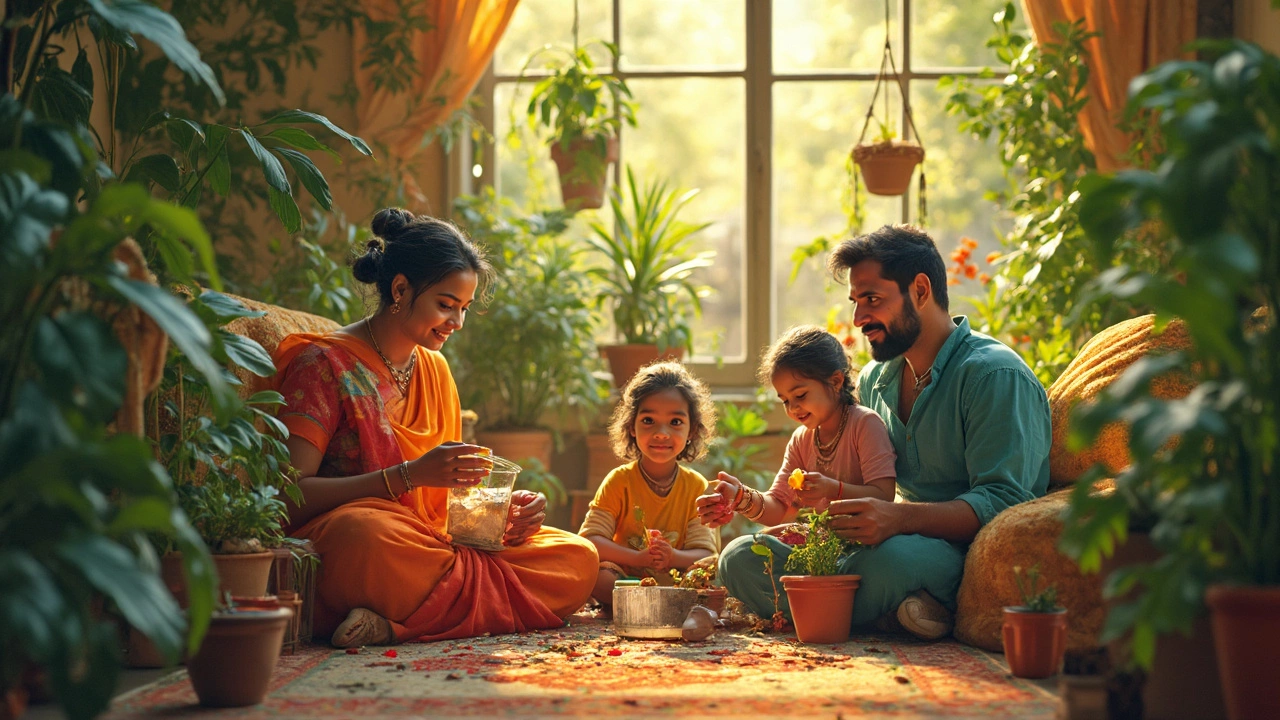Root rot is the bane of indoor plant enthusiasts, threatening the lush greenery that thrives within our homes. This article dives into the practical steps to identify, address, and prevent root rot. From recognizing the early signs to mastering the art of repotting, we cover everything you need. What's more, you'll get insider tips on nurturing a rejuvenated plant back to health. Keep your indoor oasis thriving with these handy plant-care strategies.
Indoor Plants: Best Choices, Care Tips, and Common Mistakes for Indian Homes
When you bring home an indoor plant, a plant grown inside homes or buildings to improve air quality and add greenery. Also known as houseplant, it can turn a dull corner into a calm, living space. But in India’s hot, dry winters and humid monsoons, not every plant survives. Many people buy a snake plant or a ZZ plant, water it daily, and wonder why it turns yellow. The problem isn’t the plant—it’s the care.
Overwatered houseplant, a common issue where roots rot from too much moisture, leading to leaf drop and mold is the #1 killer of indoor plants here. You don’t need a fancy irrigation system. You need to check the soil. Stick your finger in—dry an inch down? Water. Still damp? Wait. Plants like pothos, peace lily, and spider plants thrive with less attention. But if you’re using a small pot with no drainage hole, even a desert cactus will drown. And don’t put them right under AC vents or near radiators. The sudden dry heat shocks them. Also, avoid placing them in corners with zero natural light. A plant isn’t a decoration—it’s a living thing that needs air, light, and time.
Best time to buy indoor plants, the ideal season—usually late winter or early monsoon—when nurseries stock healthy, acclimated plants matters more than you think. Buying in peak summer? You’re getting stressed plants that may not adjust. Fall is risky too—the drop in temperature shocks them. The sweet spot? February to April, or just after the monsoon ends. That’s when plants are actively growing, nurseries have fresh stock, and prices are lower. And don’t just grab the prettiest one. Look for firm stems, no yellowing leaves, and no white fuzz on the soil. Those are signs of trouble.
Most Indian homes have balconies or small windowsills—perfect for indoor plants if you match the plant to the light. A fern won’t survive in a south-facing window in Delhi. But a snake plant? It’ll thrive. A peace lily loves humidity, so keep it in the bathroom. A money plant can grow in low light, but it grows faster with indirect sun. You don’t need a greenhouse. You just need to pay attention. The posts below show you exactly what works: how to fix a dying plant, which ones bloom year-round in Indian homes, what soil mix to use, and how to avoid the mistakes that kill 8 out of 10 indoor plants in the first three months. No fluff. Just what you need to make your greenery last.
Caring for indoor plants goes beyond just watering them; it's about ensuring they receive the right nutrients to thrive. This guide explores what additives you can mix into your plant water to promote healthy growth and vitality. Learn about the benefits of common household items such as vinegar and coffee grounds, as well as specialized plant food. Whether you're a seasoned green thumb or a plant care newbie, discover how to give your indoor plants the best hydration routine they need.

